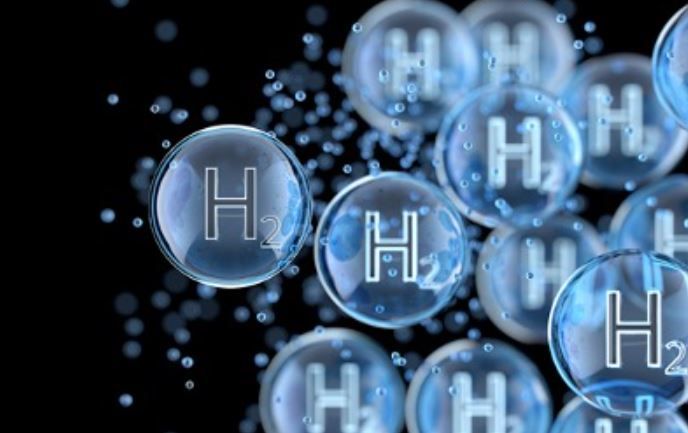The Chilean government has unveiled ambitious plans to develop green hydrogen, a move aimed at leveraging the country’s renewable energy potential and positioning it as a leader in the global hydrogen market.
These targets are ambitious, especially when compared to global benchmarks. For instance, achieving the lowest cost of green hydrogen production by 2030 will require significant advancements in technology and substantial investment. Countries like Germany and Japan are also making strides in this direction, indicating a competitive race.
Chile’s natural conditions, particularly in the southern region of Magallanes, offer a unique advantage. The region’s strong, consistent winds and expansive territory make it ideal for large-scale wind farms, which are essential for green hydrogen production through electrolysis.
Anahí Urquiza, a strategic committee member of the Green Hydrogen Action Plan, emphasizes the region’s potential: “These are places that have a very good quality of renewable energy potential, but also large territories available to install wind farms or solar panels.”
The Magallanes region could potentially produce up to 13% of the world’s green hydrogen, according to the Chilean energy ministry. Projects like the Haru Oni plant, which aims to produce synthetic methanol from wind-powered electrolysis, exemplify the innovative approaches being taken.
The involvement of international energy companies from Spain, Belgium, Italy, the United States, and China highlights the global interest in Chile’s hydrogen potential. During a state visit to China in October 2023, President Boric discussed technology and innovation exchanges to bolster this sector.
However, the path to mass production and exportation of green hydrogen is fraught with technical and infrastructural challenges. Paulina Ramírez, a researcher at the University of Chile’s Energy Centre, notes the importance of early action: “The first country that achieves mass production and closes a contract with another country is the one that will secure the market.”
The impact on local communities in Magallanes cannot be overlooked. Marine biologist Gabriela Garrido highlights the social pressures and interventions by companies in these isolated areas. Promises of jobs and infrastructure improvements are enticing, but they also pose risks of undue influence and potential displacement.
Ensuring that the development of green hydrogen in Chile benefits local communities and respects environmental limits is essential. The government’s commitment to establishing necessary standards by 2026 is a step in the right direction, but ongoing vigilance and community involvement will be critical.
